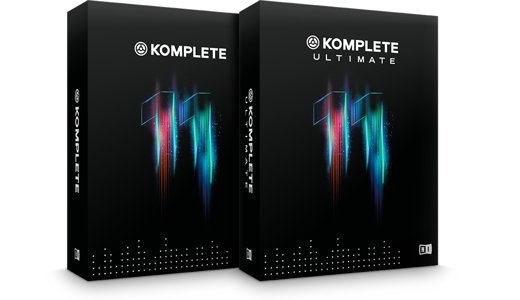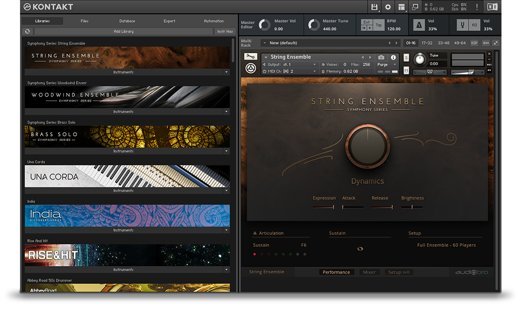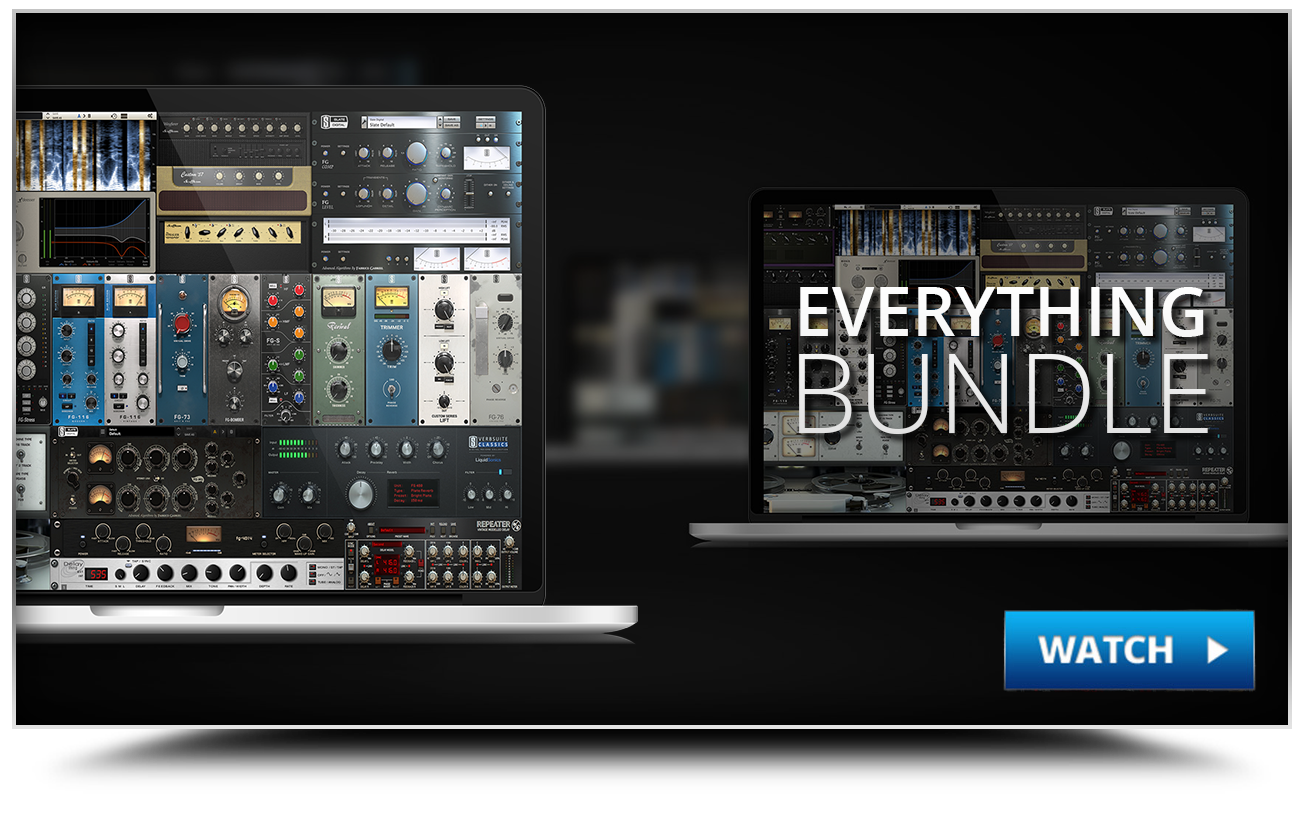Hello Steemits!

Well i have taken a few days rest from the last series of blogs on setting up for your recording. I'd like to thank everyone for your support so far. I can see that people are really starting to enjoy the info I'm releasing because i thinks its an area of music and sound that has a lot of vagueness and myths. Its also technical which can be a bit scary to many people, so I hope that i can provide some clarity and understanding on these topics. The previous short series ran for 6 episodes and so now its time to look at a new series and this time the topic is...... VST INSTRUMENTS and AUDIO PLUGINS!
Yes, VST's and plugins are a major set of tools used by both the recording industry and millions of producers and musicians around the world. This new decade of of the 'naughties' has seen many sound product designers emerge with thousands of new products to help producers create amazing productions in their own homes and home studios. The competition has become fierce which is great for all of us consumers, sound designers, musicians and audio engineers because there is basically something for everyone in our field. So in order to understand what these things are, this first episode will take you through some great information about VST's and Plugins, what they are and how they can benefit you and your productions.

As usual lets start at the beginning. But, first let me say that, while i am not an expert on software and music design i am a professional sound engineer and sound designer. I graduated from JMC College in Brisbane QLD with a degree in engineering and sound design and mainly focus on sound design for film. I have tried a number of the larger production plugins and some not so well known. I have played with a few different bits and pieces, worked on a few different types of hardware and so on but there is still so much i don't know. I always have to keep my eyes firmly on the market place to stay up to date with new changes and product developments in the music and audio industry. I also do reviews on products that i have bought or plan to buy and let you know what i think is a good investment for your VST collections and other products that might be worth while, but i am paid by none, and not affiliated with any, so my opnions are completely my own and not sponsored.
So.. what does VST actually mean? Well lets break it down, 'VST' stands for VIRTUAL STUDIO TECHNOLOGY and refers to a software interface that has been designed with a particular purpose in mind. This could be:
-Music sampling and reproduction
-Alteration of a sound through manipulation using various parameters designed into the software interface.

The Software can be 'standalone' or accompany a hardware device such as a compressor or mixing desk for instance. A standalone software would be an instance of an interface that is regularly used to access a sound library or collection of tools. An example of these would be Toontracks EZ DRUMMER or Native Instruments KONTAKT PLAYER. These interfaces allow you to access sound libraries and collections that are capable to operating inside other software such as your DAW and allow you to begin to create music or edit and manipulate your existing mix or samples. The interface usually has a variety of parameter controls that help you to set up your connected hardware such as audio interfaces, ASIO sound card software, link to source pathways to your collections and sometimes it includes other things such as sample rates the interface can handle and pathways to external devices like Midi instruments as well.
So whats the difference between these VST's, sound libraries and tools collections? Well this can get a little confusing sometimes because the term VST has become intermixed with the idea of sound libraries and other tools. So lets clear things up. The VST or VST library is the actual software interface that operates with your main DAW. It is the HOST for the sound libraries and tools to operate and send messages to your DAW. The VST interface has commonly been confused with the term PLUGIN and these two terms are thrown around together which is why they can confuse most people. But essentially its better to see the plugin as the tools inside the VST Host. For example:
KONTAKT PLAYER = VST HOST and the KOMPLETE library are the plugins or tools in the collection that you can use inside the KONTAKT PLAYER host.
Just like the TOONTRACK EZ DRUMMER is the VST host and the plugin tools are the various collections of drum samples designed to operate in the EZ DRUMMER VST HOST. So a VST is essentially the same as an 'app' for your smart phone and you can access various tools in the app.

So what do the plugins do? well the plugins are where the work really happens. These are all the many thousands of tools you use to create and edit your music production. They can include; Sound samples as library collections (commonly called VST INSTRUMENTS), processors, filters, synthesizers, modulation tools, oscillators and noise generators. The benefit to the content creator like you and I is that we only need to get the main VST interface once and then add to the library of software and sample tools to build your repetiore of tools. Some manufacturers will have their own full VST and composite libraries included in their own hardware such as Universal Audio (UA) and EAST WEST QUANTUM LEAP (EWQL). These manufacturers offer physical hard drives with their full large scale libraries integrated on the hardware and due to their size and quality, its well worth the investment to consider getting the hardware if you have the option.
So, we now know that a VST is a virtual studio technology software and usually have associated plugins to accompany their main VST interface. Many manufacturers of VST software make their platforms very user friendly and feature packed, which is where the large part of the market competition takes place. The better and smoother operating the interface and its general simplicity, the wider the audience the manufacturer is likely to get. This also encourages other smaller companies who design their own sound libraries and tools to design them for the most popular or favorable platform, such as KONTAKT PLAYER. Many sound design companies such as HEAVYOCITY produce their plugins and libraries to operate with the larger platforms like KONTAKT because the end user is already familiar with the HOST VST and can incorporate their new plugin with their main Host VST and have only a few host VST's with large libraries. This makes composing music and organising mixes faster and more efficient, because we all know how much of a pain in the ass it is to search through various databases in your DAW trying to retrieve unlisted sound files you may need, which can seriously screw up your 'flow' when you are in the creative zone.

Well so far this intro has covered what VST's are, what plugin are, how they are different creations, and a few reasons why we would use them. VST's are relatively new and are a natural evolutionary step as the world has become more digitally enhanced. VST's can seriously increase your productivity and work flow, but recently over the past 6-7 years the quality of sound samples, VST libraries and programming has rapidly increased and your can now create a major film score like Hans Zimmer in your home office! In fact, Hans Zimmer himself uses top level VST's and libraries (yet still affordable to the average person) to create compositions and perfect them before he goes to a recording studio, and can provide the orchestra with a fully finished scored composition without spending a dime! It saves on rehearsal time, recording costs and production costs as well.
In summary, we can see VST's in the advent of the digital age, have become a necessary and very important evolution in the production of sound and recording for music and many other areas of the industry. VST's allow us to save costs and time, have a very efficient workflow when we are in our 'creative zone', we can expand our libraries to an almost unlimited potential and listing, storage is easy and compact, advances in improvements of quality are always increasing, they are fully integrated into other major software,most of them are very cheap and you can save money when buying packages of libraries or even customize your own libraries by getting only those tools you want or need.

So, that's the end of this new first blogisode (episode/blog haha) of VST INSTRUMENTS AND PLUGINS, Next time i will go into some of the products i have, and some popular brands, the difference between sound libraries, samples and VST instruments. So if this has been useful and if you think its been a good read PLEASE UPVOTE AND PROMOTE, you can also follow me on Steemit and anywhere else your find AUDIO NRG! ie YouTube, the website, and Facebook! join in with me cuz there is always plenty more to cover. thanks again!
regards
Shan the Soundman
UPVOTE ME UPVOTE ME UPVOTE ME!!!
